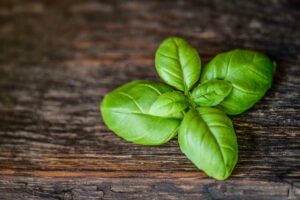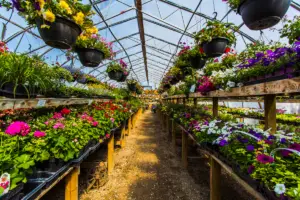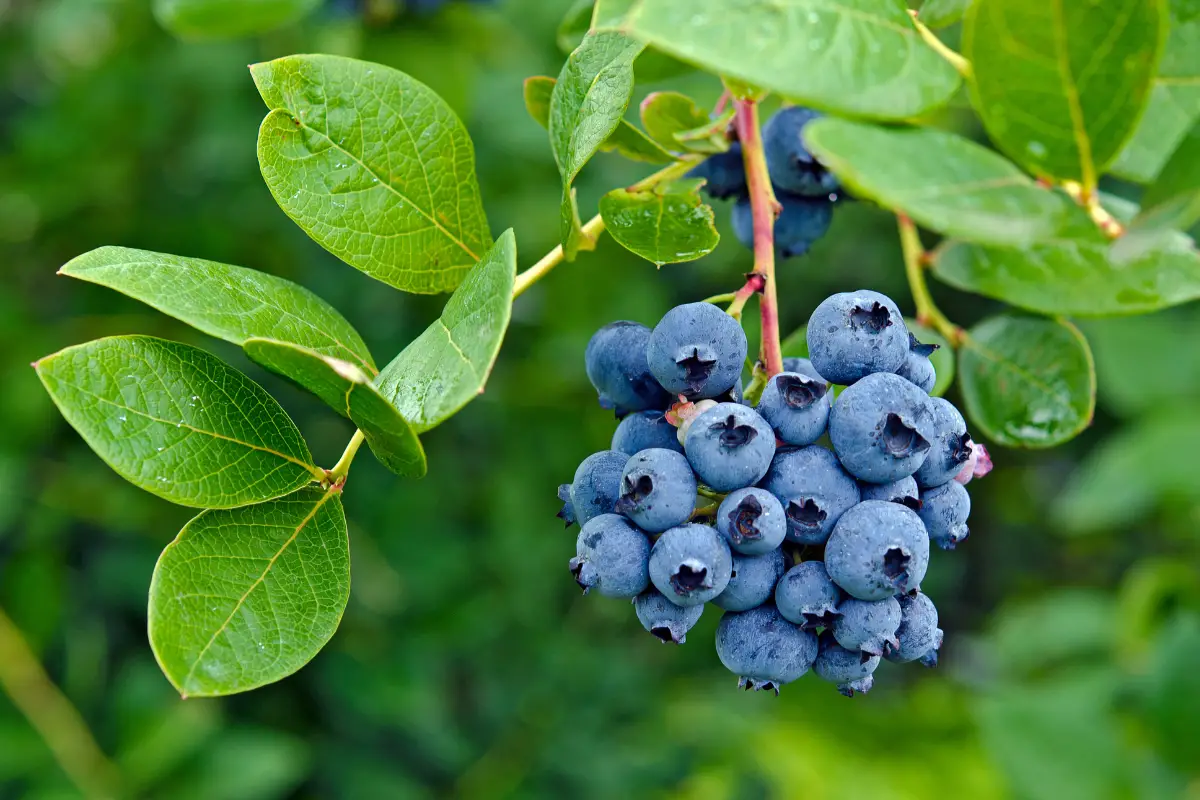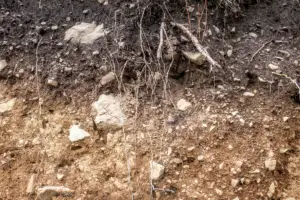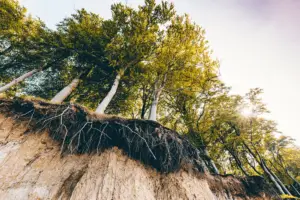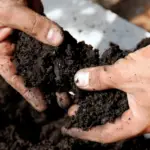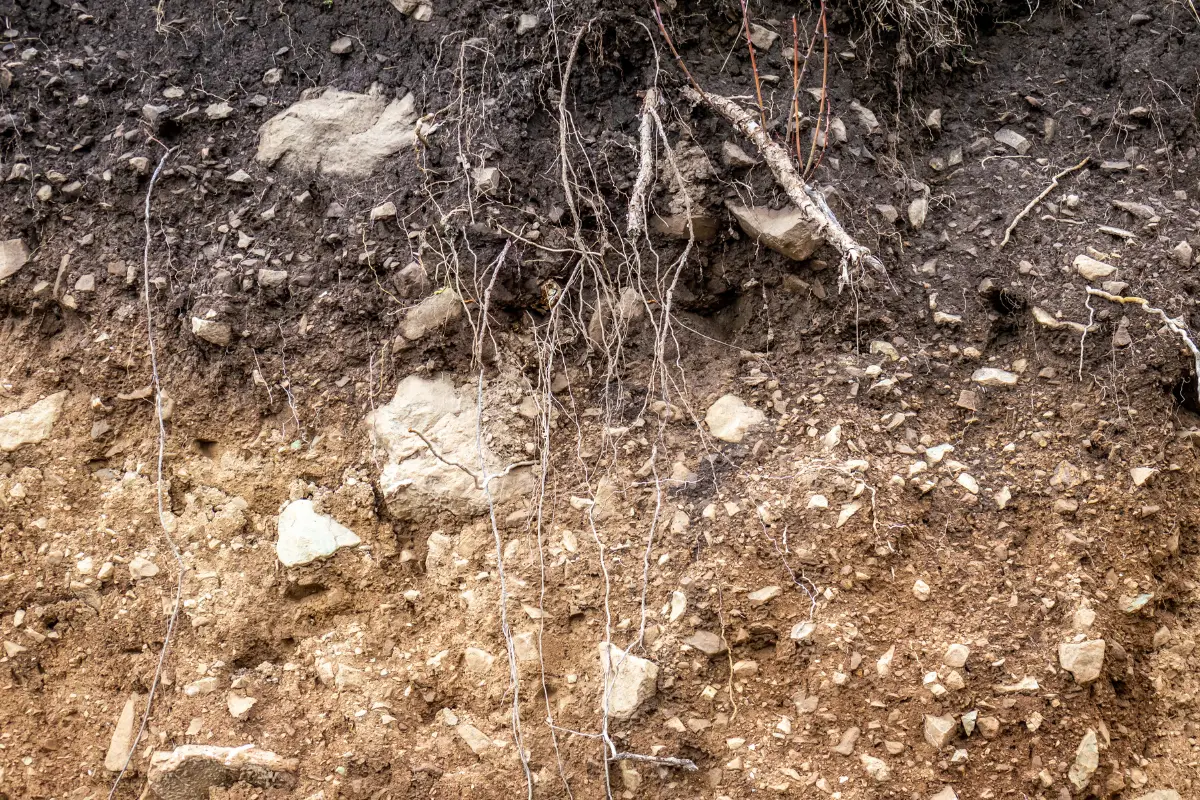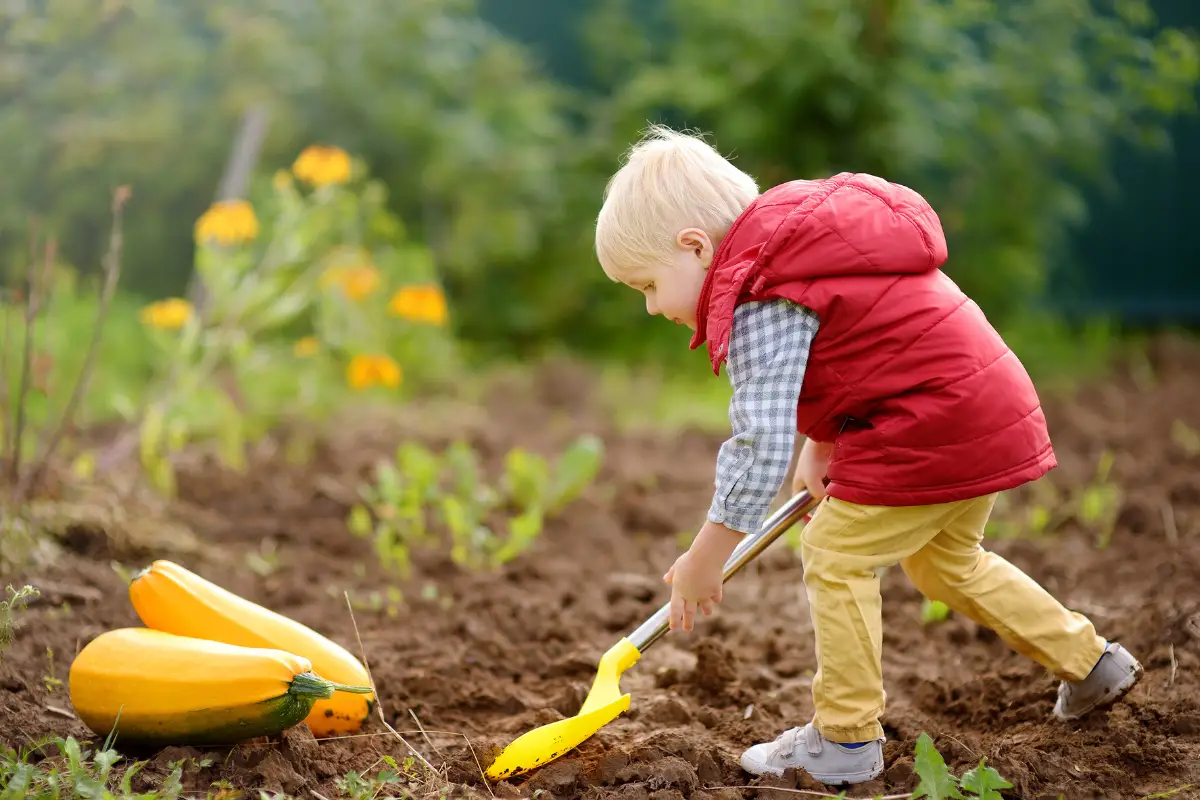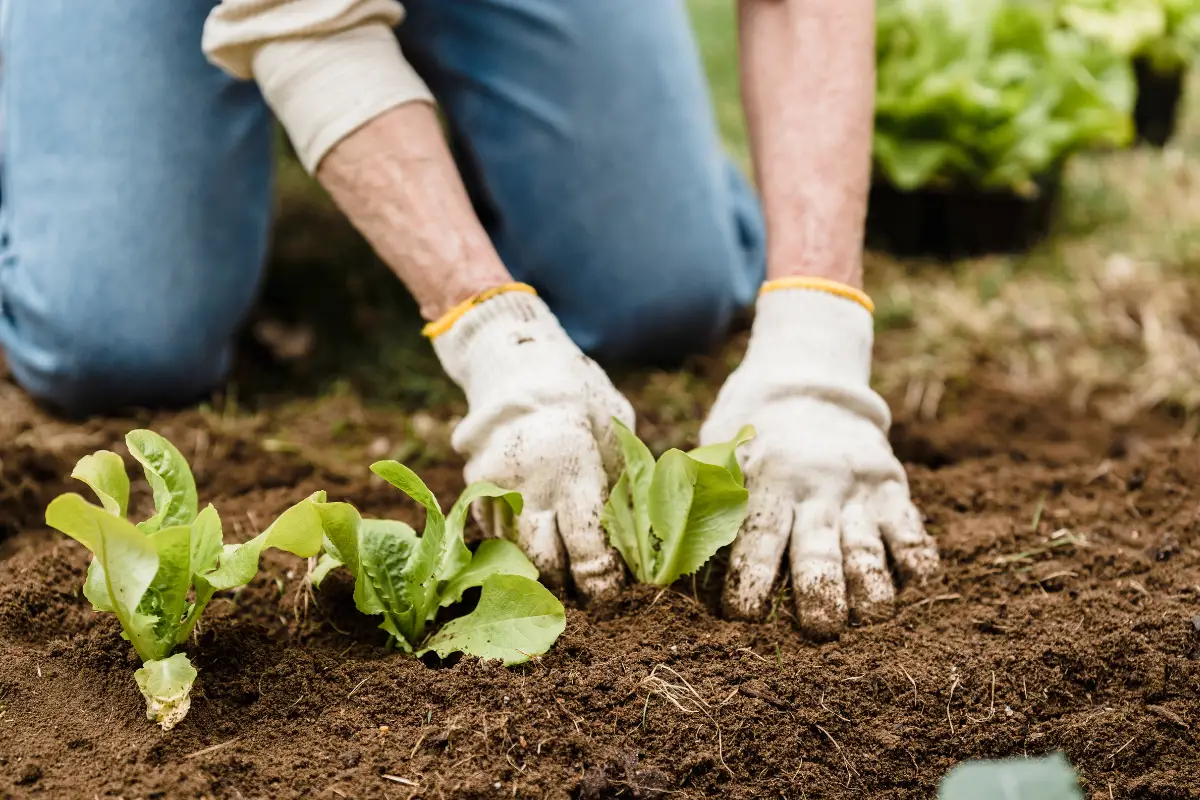Loamy soil is a type of soil that is highly desirable for gardening and farming due to its ability to retain moisture and nutrients while still allowing for proper drainage.
It is a mixture of sand, silt, and clay, with a relatively even balance of each component.
This balance of soil components gives loamy soil its unique characteristics that make it ideal for growing a variety of plants.
One of the key characteristics of loamy soil is its ability to retain moisture.
Its combination of sand, silt, and clay in loamy soil allows it to hold onto water while still allowing excess water to drain away.
This makes loamy soil ideal for plants that require consistent moisture, as it can help prevent overwatering and root rot.
It’s also able to hold onto nutrients, which can also benefit plants by providing them with the necessary nutrients for healthy growth.
Another important characteristic of loamy soil is its texture. The combination of sand, silt, and clay in loamy soil creates a soil that is relatively easy to work with, as it is not too heavy or too light. Making it useful for planting and tilling, without coming compact.
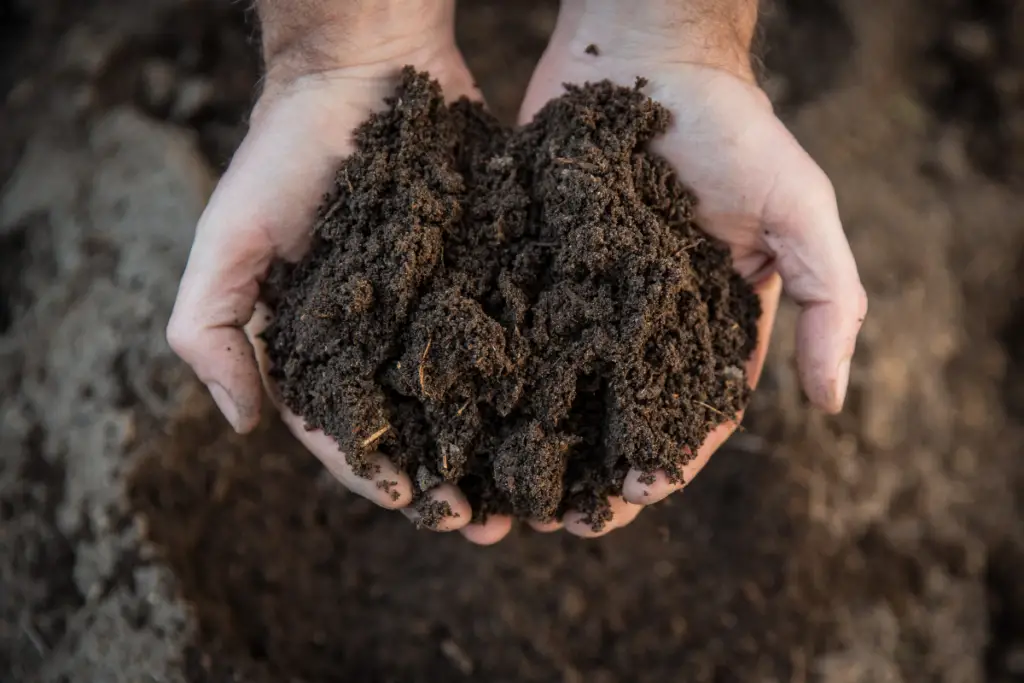
Table of Contents
Definition of Loamy Soil
Loamy soil is a type of soil that is commonly found in many parts of the world.
It is a mixture of sand, silt, and clay, with the addition of organic matter, such as decomposed plant material, which gives it a dark, rich appearance.
Balancing these components is what makes loamy soil so desirable for gardening and agriculture.
It’s characterized by its ability to retain moisture while still allowing for good drainage.
This is due to the balance of sand, silt, and clay particles, which allows water to move through the soil while also holding onto it.
Organic matter in loamy soil also helps to retain moisture and provides nutrients for plants to grow.
One of the key features of loamy soil is its texture. It is friable, meaning that it crumbles easily in the hand. Making it easy to work with and ideal for planting.
Prices pulled from the Amazon Product Advertising API on:
Product prices and availability are accurate as of the date/time indicated and are subject to change. Any price and availability information displayed on [relevant Amazon Site(s), as applicable] at the time of purchase will apply to the purchase of this product.
Physical Characteristics of Loamy Soil
Loamy soil is a type of soil that is composed of varying proportions of sand, silt, and clay.
It is a versatile soil type that is ideal for growing a wide range of plants, from vegetables to flowers.
Also, known for its balanced particle composition and desirable physical properties that promote good soil structure.
Texture
One of the defining characteristics of loamy soil is its texture. It has a well-balanced proportion of sand, silt, and clay particles, which gives it a medium texture.
- Sand particles in loamy soil provide good drainage, while the silt particles give it a soft, silky texture.
- Clay particles in loamy soil help to retain moisture and nutrients, making it an ideal soil type for growing plants.
Color
The color of loamy soil can vary depending on the proportion of sand, silt, and clay particles.
Generally, It’s a brown color, but it can also be gray, yellow, or red.
It’s color can be affected by organic matter, which can make it darker in color.
Drainage
Loamy soil has good drainage properties, which makes it ideal for growing a wide range of plants.
Sand particles in loamy soil allow water to drain quickly, while the silt and clay particles help to retain moisture.
Chemical Characteristics of Loamy Soil
pH Level
Its pH level averages between 6 and 7.5, which is slightly acidic to neutral.
This pH level is ideal for most plants, as it allows for the proper uptake of nutrients.
Nutrient Content
The Soil is rich in nutrients, making it ideal for plant growth. It contains a balanced amount of nitrogen, phosphorus, and potassium, which are essential for plant growth.
It also has a high cation exchange capacity (CEC), which means it can hold onto nutrients and release them to plants as needed. Making it easier for plants to access the nutrients they need for growth.
Biological Characteristics of Loamy Soil
Microorganisms
Being home to a diverse range of microorganisms, including bacteria, fungi, and protozoa.
These microorganisms play a crucial role in maintaining the health and fertility of the soil. For example, bacteria help to fix nitrogen, which is an essential nutrient for plant growth.
Fungi break down organic matter, releasing nutrients that can be taken up by plants. Protozoa help to regulate the populations of other microorganisms in the soil.
Bacteria and fungi produce a sticky substance called extracellular polymeric substances (EPS), which helps to bind soil particles together. Improving soil aggregation, which in turn improves water infiltration and retention.
Organic Matter
Being rich with organic matter, which includes dead plant and animal material, as well as the remains of microorganisms.
Organic matter plays a crucial role in maintaining soil fertility and structure.
When organic matter decomposes, it releases nutrients such as nitrogen, phosphorus, and potassium, which are essential for plant growth.
One of the key benefits of organic matter in loamy soil is its ability to support the growth of beneficial microorganisms.
As organic matter decomposes, it provides a source of energy and nutrients for bacteria and fungi.
This helps to maintain a healthy population of microorganisms in the soil, which in turn helps to maintain soil fertility and structure.
Importance of Loamy Soil
Loamy soil is considered by many gardeners and farmers as the ideal soil type for growing plants.
This is because of the unique characteristics that make it versatile and suitable for a wide range of crops.
Here are some reasons why loamy soil is important:
1. Good Drainage and Moisture Retention
Has a balanced composition of sand, silt, and clay particles, which allows it to retain enough moisture to keep plants healthy while also allowing excess water to drain away.
Making it suitable for a wide range of crops, including those that require well-drained soil, such as tomatoes, peppers, and eggplants.
2. Nutrient-rich
Rich in nutrients, which are essential for plant growth. The high nutrient content of loamy soil comes from the organic matter that is present in the soil.
3. Easy to Work With
It’s easy to work with because of its texture.
It is not too heavy like clay soil, which can be difficult to till, and it is not too light like sandy soil, which can be difficult to keep moist.
4. Versatility
It’s versatile and can be used to grow a wide range of crops, from vegetables and fruits to flowers and ornamental plants.
Conclusion
In conclusion, loamy soil is a highly desirable type of soil with unique characteristics that make it ideal for a variety of uses.
It is composed of a mixture of sand, silt, and clay particles, which gives it good drainage, water retention, and nutrient retention properties.
These characteristics make it an excellent substrate for growing a wide variety of crops and plants, as well as for constructing building foundations and creating beautiful landscaping projects.
However, it is important to note that loamy soil is not without its challenges, including the potential for erosion and compaction.
To maintain the health of loamy soil, it is important to manage it sustainably, using techniques such as crop rotation, cover cropping, and reduced tillage.
- How to Dry Basil Leaves: A Professional Guide
- Is an Avocado a Fruit or Vegetable? Simple Answer and Explanation
- Does Pineapple Have Seeds? Exploring the Anatomy of Pineapples
- Blooming Through Winter: Can I Grow Vegetables Indoors in the Winter?
- What Can You Grow in a Greenhouse All Year Round: A Guide to Year-Round Greenhouse Gardening
- Are Blueberries Blue? Debunking the Myth of Their Color


